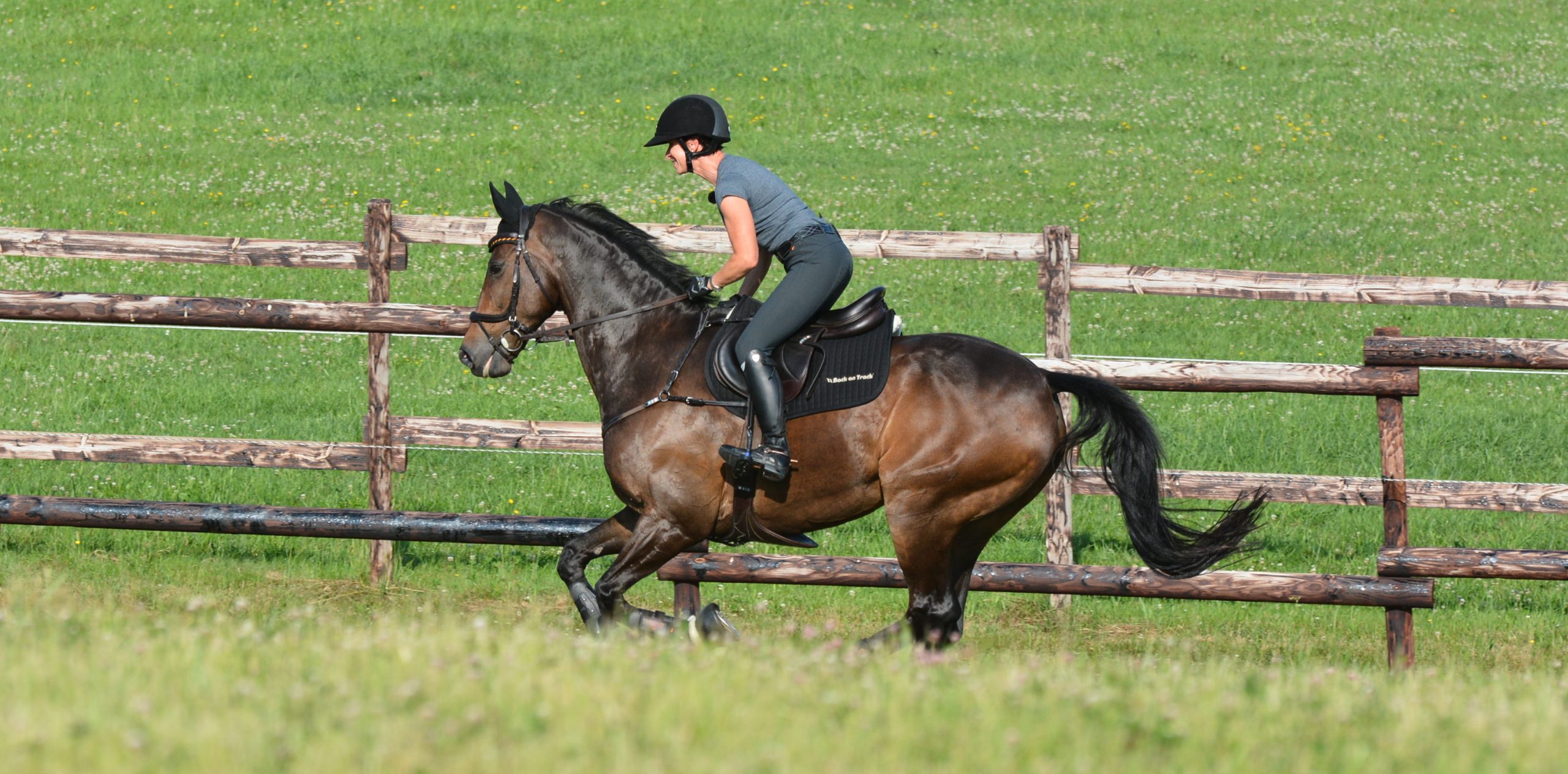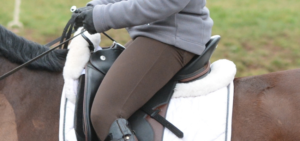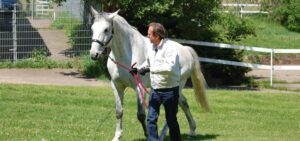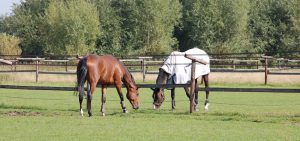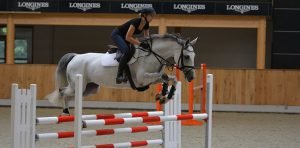If there was one ultimate test to gauge athleticism in humans, what might that test be? A marathon? An Iron Man? Perhaps there would exist a bit of debate regarding this topic, but in the world of equestrian sports, the answer is clear, and that answer is Eventing.
Summary
- Eventing: The Ultimate Test
- The Dressage Component
- Dressage Scoring
- Clearing the Cross Country Jumps
- Show Jumping
- Security Rules for Eventing
- What Makes an Ideal Eventing Horse?
- The FEI Code of Conduct
- Gear & Gadgetry
- Having What it Takes Means Giving it Your All
The Ultimate Test: What is Eventing all About?
By design, Eventing serves as not only the most comprehensive, but also the most difficult test in the world of competitive equestrian sports. Competitors must showcase their abilities in three different phases, beginning with dressage, followed by a cross-country phase complete with a variety of cross country jumps, and ending with show jumping. To prove successful, horse and rider must possess endurance, strength, stamina, athleticism, effective communication and collaboration, and courage.
In larger, and more advanced competitions, each phase takes place on a different day, hence, the name Three-Day Eventing. Smaller, or beginner competitions may combine phases on any given day, particularly if the venue has unique needs for setting up or taking down the cross country jumps or if the cross country jumps are such that the space utilized does not allow for the traditional sequence of tests.
The Dressage Component
The first phase of Eventing is focused upon dressage—a discipline in and of itself, and a discipline that ultimately serves as the foundation for all equine disciplines. For the dressage component, riders are given a pattern to memorize requiring them to demonstrate a variety of maneuvers, all of which are scored by the judges.
During the dressage phase, riders are awarded a score ranging from 0 to 10, including half-point marks. There are also a set of collective marks that are used to rate the scores within the test. These include overall scores for submission, quality of gait, impulsion, cadence, and the role and performance of the rider.
Additionally, some movements may be noted as “coefficient” movements. This essentially means that the score of those specific movements are more heavily weighted when calculating the overall score as they are doubled when adding up the points for the test.
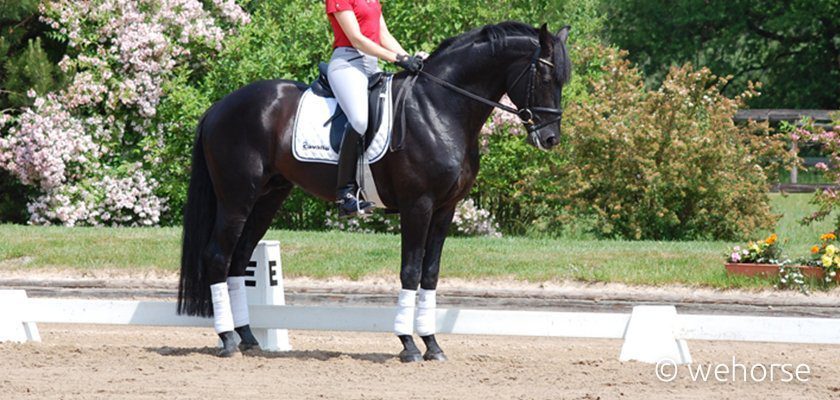
How Does the Dressage Scoring Works?
The ultimate goal of the dressage component parallels the philosophy of the discipline itself. Training regiments are prescribed with the overall aim to achieve balance, rhythm, suppleness and harmony between horse and rider. Judges award competitors a score of 0 to 10 for each movement included in the test, based upon the performance of both horse and rider. Participants earn penalties during their run, and with the ultimate objective being to have the lowest score, this is something participants want to avoid.
Clearing the Cross Country Jumps
Phase II involves the Cross Country jumps and a test in which riders navigate a relatively lengthy course while overcoming a variety of cross country jumps that range in size and type and difficulty. There is a predetermined, prescribed path that competitors must follow to complete the test, and cross country jumps must be approached in a specified direction.
Riders are allowed to walk the course prior to their actual run, utilizing the map provided by the event coordinators, but ultimately, they do have to memorize the order in which they are to complete all of the cross country jumps and the direction that the cross country jumps must be approached from.
Again, the goal is to accumulate the fewest points, so completion of all cross country jumps in the manner in which they were designed to be completed is of the utmost importance during this phase.
Penalties are awarded in the form of points that are tacked onto a rider’s score, so clearing all cross country jumps quickly and efficiently is paramount. There are also three sets of times to take into consideration when considering how to use your time when completing the course and clearing all of the cross country jumps.
There is optimum time, which is the amount of time the event coordinators have deemed nearly perfect when completing the course as safely and efficiently as possible. Riders who fail to clear all of the cross country jumps within the optimum time and go over will find that any second over optimum results in a penalty of 0.4 points. The speed limit is the maximum amount of time competitors are given to complete the cross country jumps and the course without disqualification.
On the converse, running the course too quickly and completing all cross country jumps in too short a time can result in similar penalties, with the philosophy being that of safety. Organizers and Eventing participants are wholly committed to safety, so jeopardizing the safety of your horse by racing through all the cross country jumps is not only frowned upon, but will detrimentally impact your score.
Show Jumping:
Traditionally speaking, the show jumping component is scheduled as the climactic third and final phase of Eventing, however, Cross Country may be scheduled last, especially at lower competitive levels, and also based upon the unique needs of the event organizers.
The obstacles that horse and rider are faced with during the show jumping phase of the competition are very different than the cross country jumps previously faced and must be approached differently when navigating the show jumping course.
During this portion of the competition, riders are tasked with the memorization of a given pattern, or route to follow, with the goal of completing their run as quickly and as cleanly as possible.
Of course, all teams are expected to complete the course in a safe and controlled manner, with penalties accrued for excessive speed, and even worse, potential disqualification or retirement, should any team exhibit behavior that judges deem unsafe to either rider, horse, or spectator.
What About Security in Eventing?
Safety is of the utmost importance in the world of Eventing, and for good reason. It is always the rider’s responsibility to maintain the safety of their horse, themselves, as well as those around them, and this type of arena truly has adopted a zero-tolerance stance for outlandish speeds or behaviors, or other conduct that could potentially result in injury.
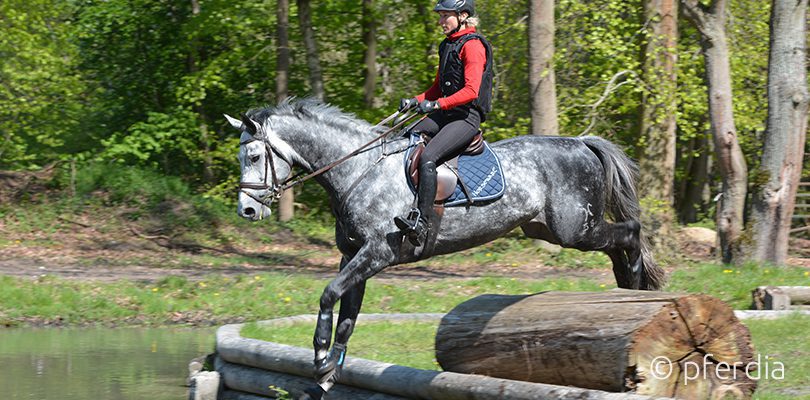
What Makes an Ideal Eventing Horse?
A variety of different breeds are utilized at the competition level. Warm blood and light horse breeds dominate the discipline, though breeds of all types can be seen on the field. The most common breeds include, though are certainly not limited to; Anglo-Arabians, Thoroughbreds, Quarter Horses, Irish Draught, Arabians, Swedish and Danish Warmbloods, Irish Sport Horses, Hanoverians, Dutch Warmbloods, Holsteiners, the Selle Français, Oldenburgs, and Arabians.
Certainly, other breeds can and are often used for Eventing competitions, but the aforementioned breeds offer the natural athleticism, disposition, build and physique, and mental resilience that allows them to attain success within such a demanding sport.
Character Always Counts
Although certain breeds lend themselves more readily to different disciplines, above all lies the importance of a disposition well suited for the task. Eventing is an incredibly difficult event; requiring speed, complex problem solving, stamina, resilience, an incredibly high degree of athleticism and a competitive nature. It is, essentially, the ultimate equine Triathalon, and requires a mount capable of delivering its absolute best performance; during the dressage assessment, while clearing the multitude of different cross country jumps, and also during the show jumping portion of the competition.
What is the FEI Code of Conduct?
Of paramount importance in the world of Eventing is the health and well-being of all horses. The Fédération Equestre Internationale outlines expectations of care for horses competing in the discipline and are unforgiving of any practice or methodology that they deem subpar. And for good reason. Eventing is one of the most demanding, rigorous, challenging events in the world of equestrian sports, and horses that are being prepared to compete must receive the best of care. Treating our animals humanely and ethically is of critical importance, and there is certainly a need to address this topic within the rule book.
Gear & Gadgetry
Like any sport, riders have given preferences and brands and accessories, though in Eventing it is essential that competitors familiarize themselves with the rules and regulations regarding equipment and sportswear as outlined in either the USEF Rules for Eventing, or the FEI Eventing Rules Handbook.
The Safety Vest
Again, nothing found within the sport is given higher precedence than the safety of the competitors and their mounts, however, safety rules and regulations do vary slightly when compared at the international level. For example, British Eventing rules and regulations mandate that riders wear a BETA-approved vest, while current USEA rules only offer the recommendation of a vest that meets the standards of ASTM certification.
Canadian rules are even more ambiguous, reading; “A body protective vest must be worn. An inflatable vest is permitted only if worn over the body protective vest.” What type of body protective vest is never made clear in the guidelines, nor are any requirements of the inflatable vest. Inflatable vests are a relatively new addition to the list of protective gear many Eventers choose to take advantage of, though they have yet to become an international requirement, due to many competitors sharing the concern that the vest limits their range of motion during competition.
The Riding Helmet
Fortunately, one safety requirement that is consistently expected across the boards at the international level is an ASTM/SEI certified riding helmet. Helmets must be worn at all times during competition and any time the rider is mounted. Furthermore, organizers check to ensure that helmets are up-to-date and are in excellent condition during the equipment check portion of check-ins, prior to competition, to make sure riders have reliable protection, prior to their runs.
Additional Rules for Equipment
Eventing rules and regulations also detail required and prohibited equipment during each phase of competition; existing almost exclusively for the purpose of safety, and to ensure the well-being and security of both horse and rider.
These additional standards pertaining to equipment and safety are worthy of note:
- Riders must wear footwear with a heel during all phases of competition
- Permitted bits for Eventing Dressage are specified in Annex A of the FEI Eventing Rules Handbook. Any bit not listed within the Annex is not considered regulation
- Bridles used for the Cross Country component must have a throat latch
- Bridles with a double throat latch are not allowed in the dressage portion of the competition
- Stirrups not allowing unrestricted separation from boot are not permitted
- Any accessory or tool not outlined as permittable in the rules and regulations is considered a gadget and is not allowed
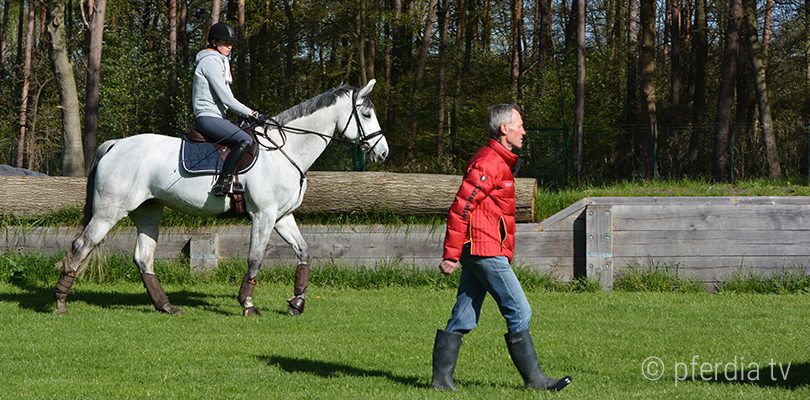
Having What it Takes Means Giving it Your All
Eventing just isn’t for everyone. To participate at the competitive level, Eventing demands that horse and rider be at their peak physical condition and be prepared to compete at their optimum performance level. Eventing demands grit, courage, tenacity, and a willingness to take risks; to potentially make mistakes. Not all athletes are willing to do this and not all horses are capable. It takes a unique pair; a unique partnership to demonstrate all that the sport potentially has to give, but when done well; when shown flawlessly and gracefully and wholly and unreservedly, it is one of the finest spectacles that good horsemanship has to give. It is one of the most beautiful offerings of all that horse and man are truly capable of if they truly commit themselves to working together in harmony.

